It's been awhile since I've written about one of my bike projects, yet somehow the house keeps filling up with them. This one's been with me since last October and I'm just now getting around to writing it up. The backlog is real, y'all.
Anyways, sometime last summer I got to thinking: I love these old steel bikes, but why not try something a bit newer? It might be nice to have a featherweight around.
I'd barely had the thought when this Trek 2100 turned up on my local marketplace, with an asking price of 80 bucks. How could I not nibble?
For those who don't know, the 2100/2300/2500 series was among Trek's earliest forays into carbon fiber in the early 90s, with CF main tubes bonded to aluminum lugs and an aluminum rear triangle via industrial adhesive. Based on the colors and graphics this one appears to be a 1991 model.
Over time similarly bonded bikes from that era have developed a pretty mixed reputation, with complaints about the bonding failing at the lugs. It may just be my imagination, but from my research it appeared that the bonded Treks were more highly regarded when new and appear to hold up well. Or maybe I'm just not smart enough to listen to the ominous warnings.
Either way, I went to look at it, haggled a bit and brought it home for $60. A steal. And I figured that for that price even if the frame was trash I'd come out OK on the components.

As it turns out, the frame was pretty much flawless -- absolutely amazing condition, with no signs of oxidation, damage or bonding failure. There was barely a scratch or scuff to be found.
Overall, most of the bike wasn't in bad shape, although some failing grip tape and a sad sack Walmart saddle let it down, and there was no getting around the reality that a lot of the parts were well-worn early 90s tech.

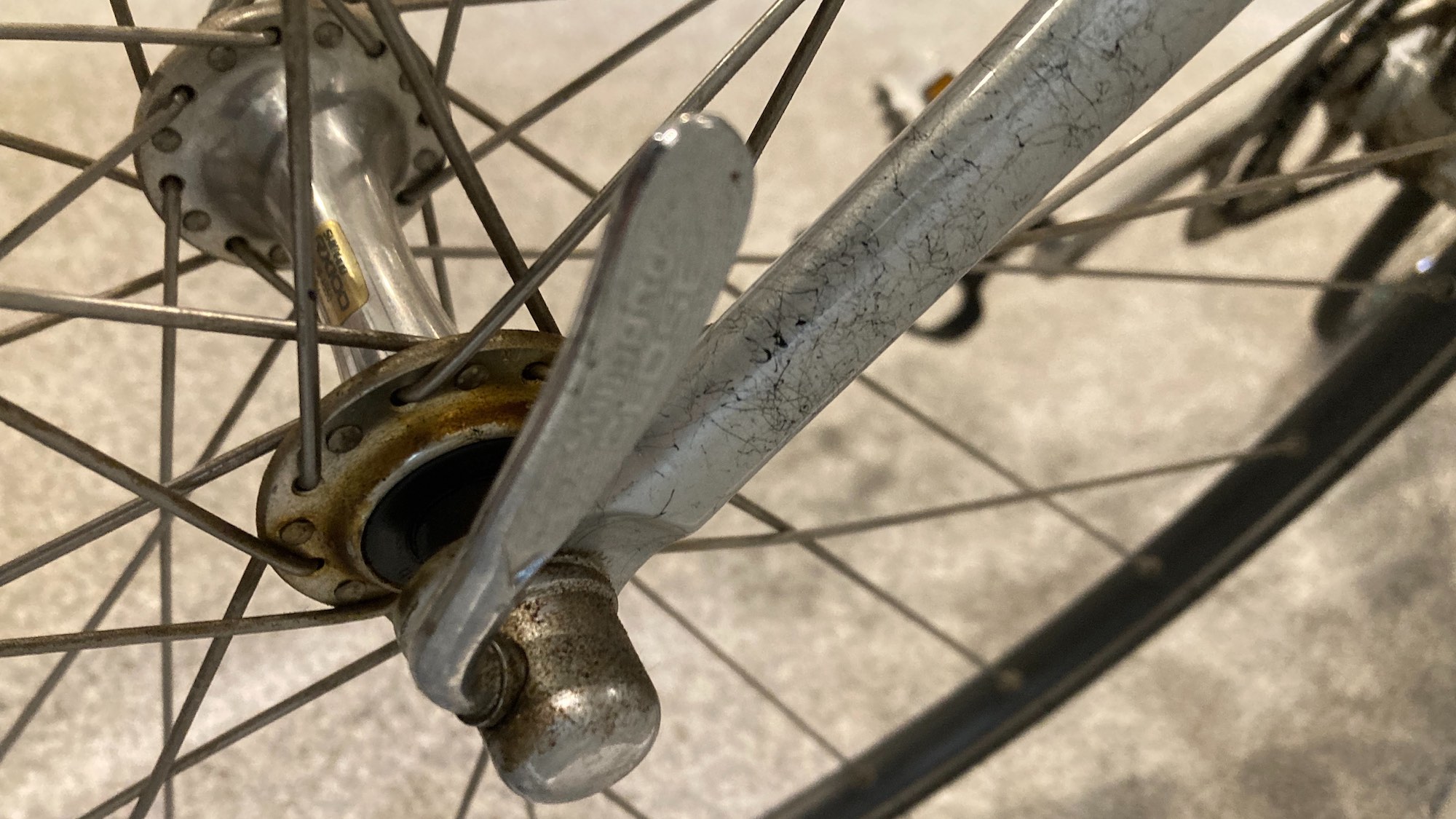
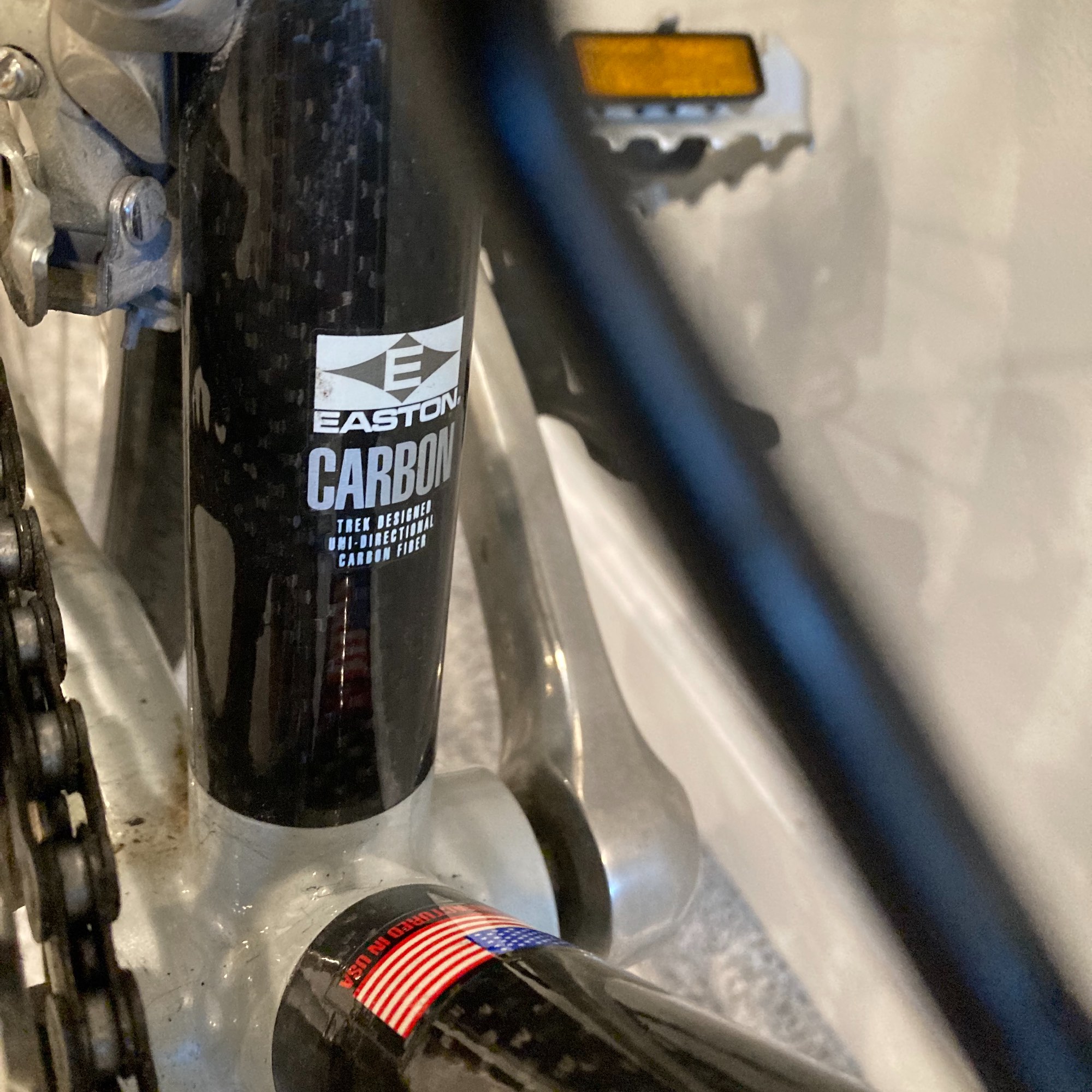

So, what did I do with it?
Well, I'll tell you what I didn't do... take enough pictures of the rebuild. But that said:
- I built up a new wheelset with DT Swiss hubs and rims and butted spokes, so I could move to a wide-range 11-speed drivetrain, rather than the original narrow range 7-speed.
- That necessitated changing to a long-cage 11-speed derailleur, too I found a nice Ultegra derailleur for it.
- Up front I needed new, compatible chainrings. I went with 50/34, married to a Shimano 600/Ultegra crankset I had laying around. I think I'll go to something with outboard bearings soon, though.
- Shifting was moved from the downtube to Microshift bar-end, indexed for 11 speeds. I like bar-ends, but on this bike I think I might actually switch to brifters soon, just for a change.
- Seat is a Selle Italia.
- Bars are Soma Highway Ones (a fave) mated to a Nitto stem, but I think I may go back to the original Sakae/Modelo combo just of the period-correct vibe.
Final weight comes in just shy of 19 pounds. Not bad! I'm definitely not sure where I could skim too much more off without going deep into carbon parts. Which I may do someday. Or not.
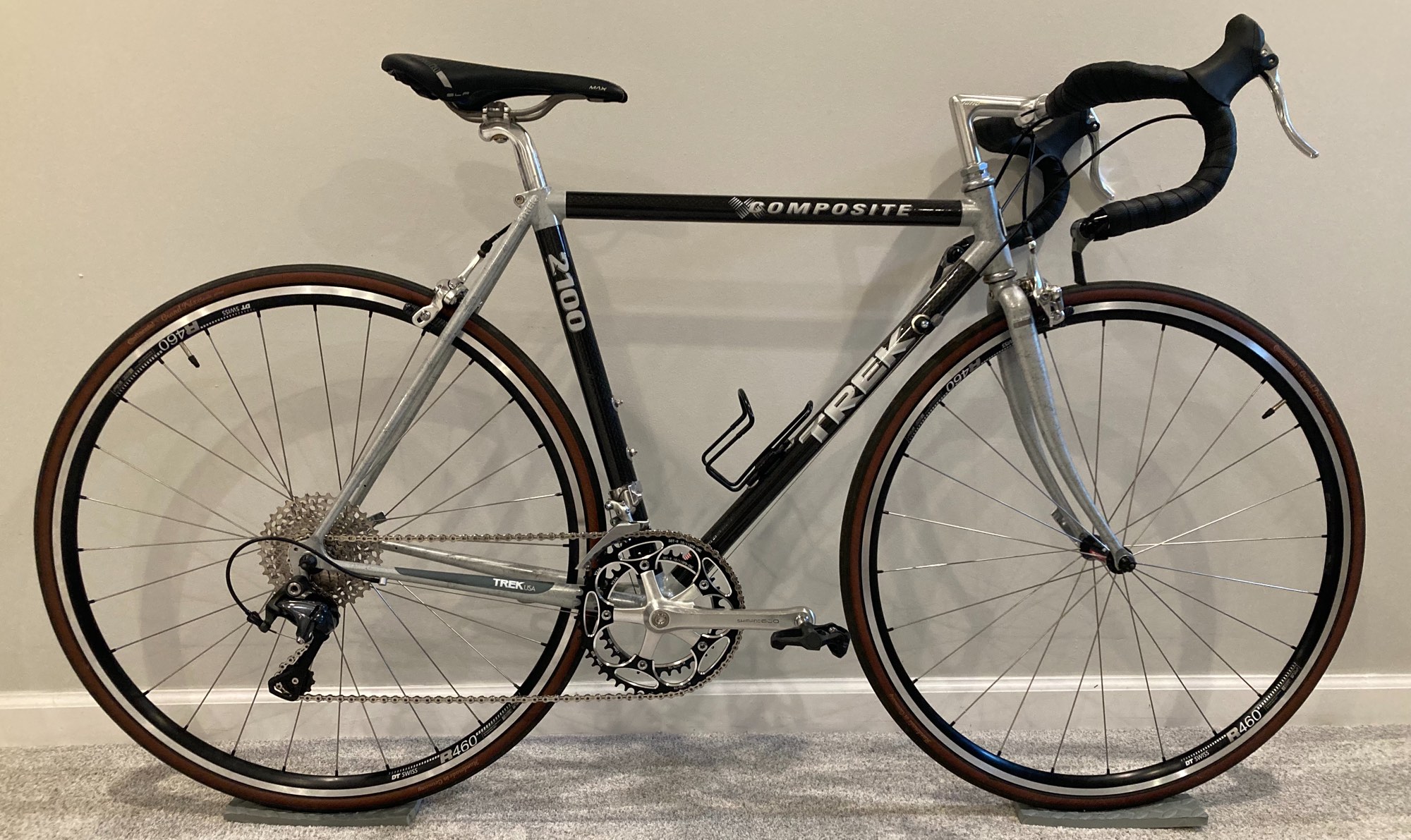
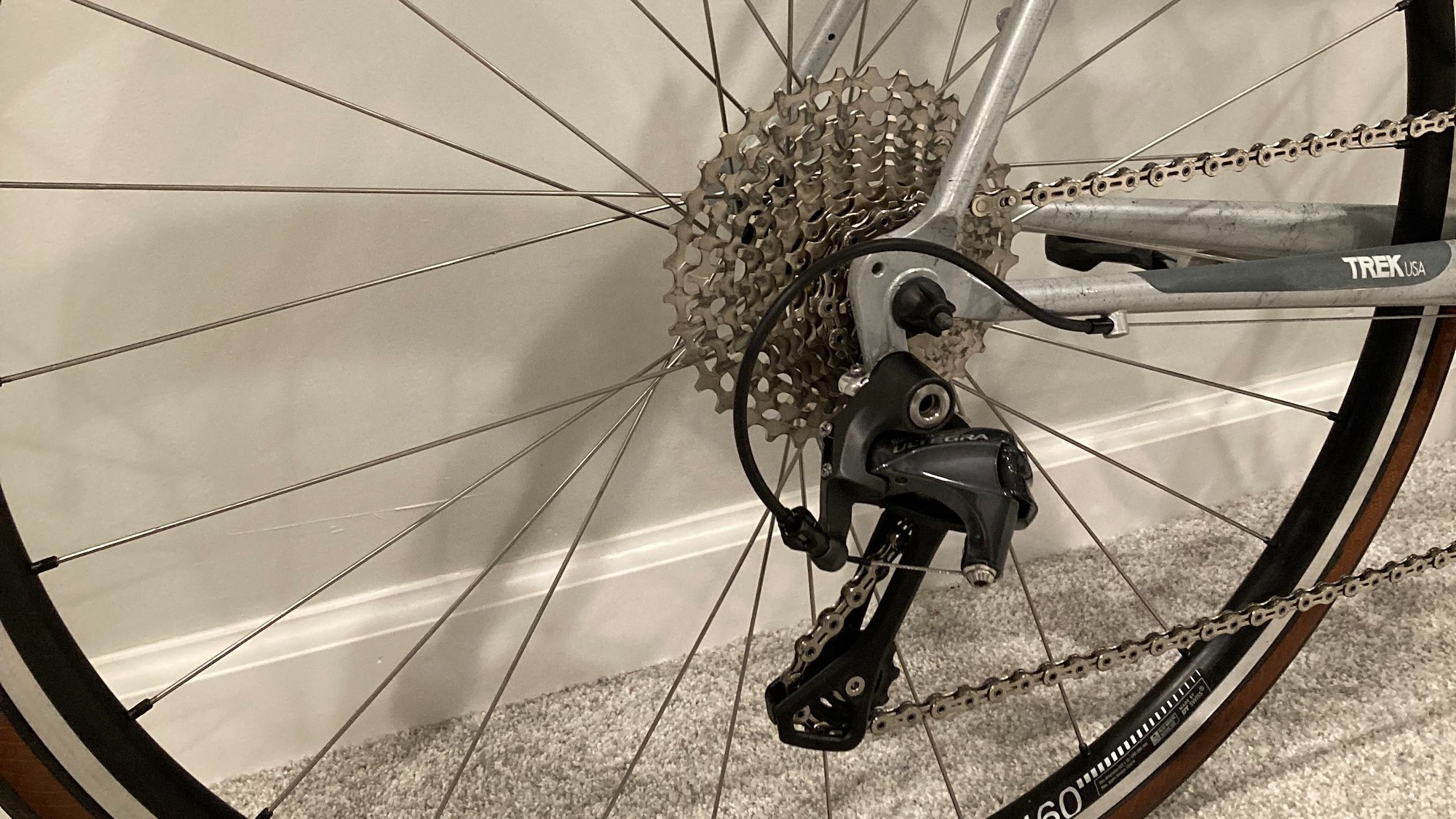


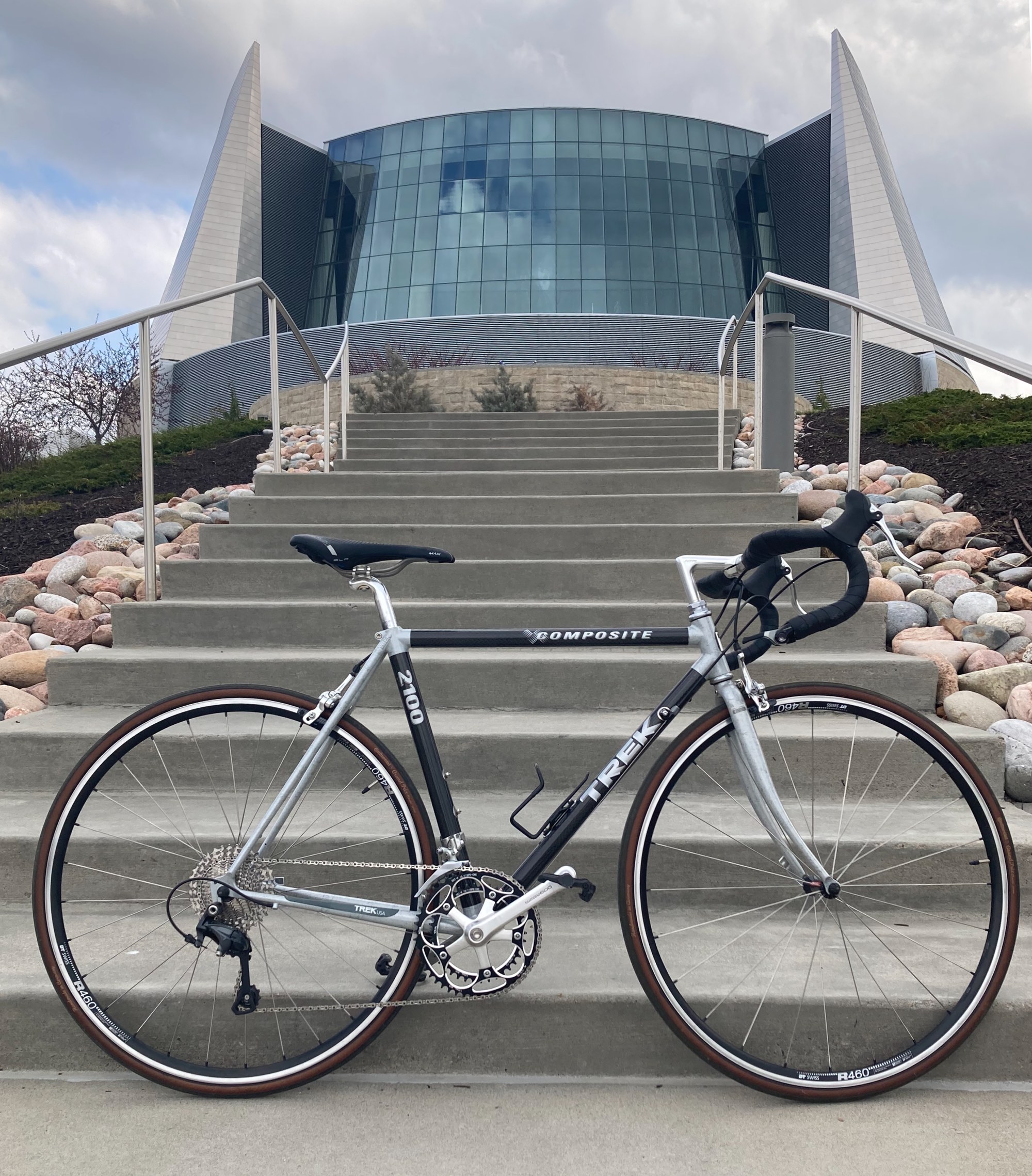
So how is it to ride? Lovely. I was worried it would be a jittery beast, but it's not. Not at all.
It actually rides really, really well, especially given the stiffness of the frame and the narrow 25mm tires. It's by far the fastest bike I have, regularly coming in at a couple of MPH faster than anything else I'm riding. I mean, I'm still old and slow, but the bike is old and fast. It's also a monster when climbing. It just goes and goes.
I like it quite a bit.
As an Amazon Associate I earn from qualifying purchases. In other words, I get commissions for purchases made through links in this post. When you follow a link and buy something, it doesn't cost you anything extra, but I may make buck or two. So thank you! That said, any recommendations I make are my recommendations, based on my experience, and are not paid endorsements. I only point you toward the stuff I use, and if I don't like it, you'll hear about why.
Published